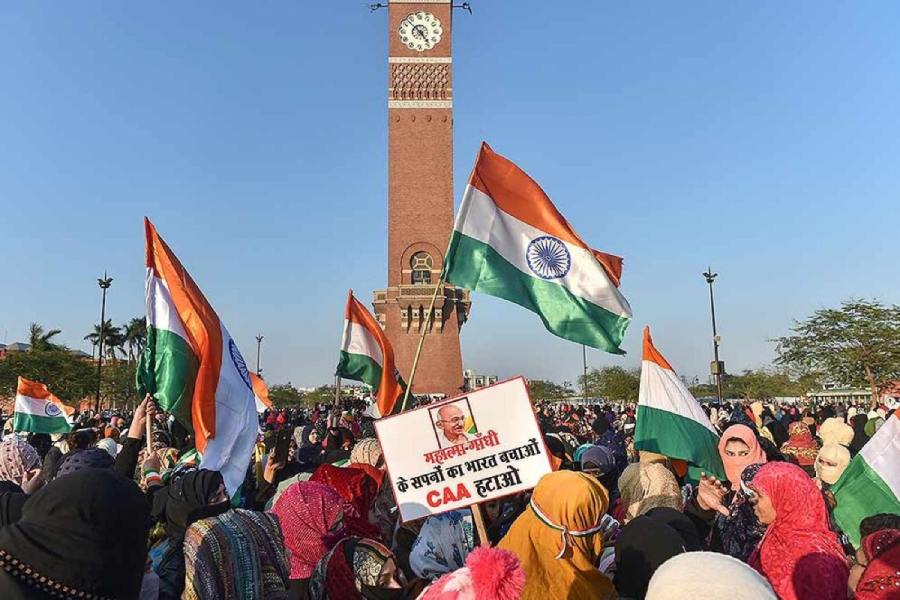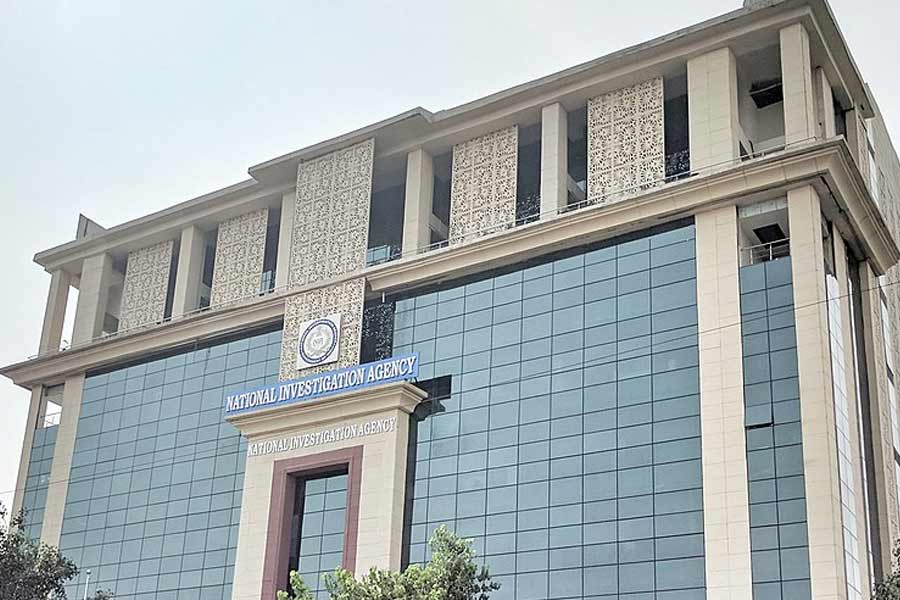Book: ON BEING INDIAN: THE ORGANIC INTELLECTUAL, MYSTICAL POETRY, AND LINEAGES OF INDIAN RATIONALISM
Author: Amit Chaudhuri
Publication: Westland
Price: Rs 399
At a time when burgeoning fascist forces are a threat to India and Indianness, when dissent against the government is being rebranded as ‘anti-national activity’, when the citizenship status — not merely loyalties — of Muslim minorities is held suspect, Amit Chaudhuri revisits the question of ‘being Indian’ in the background of the nationwide anti-Citizenship (Amendment) Act protests. He records the emergence of a certain intellectual response to the Hindutva imagination of the rashtra, an event that marks a departure from the modus operandi of traditional intellectuals. The mobilisation of huge gatherings and spontaneous processions, the coming together of people with almost no political affiliation, and the subsequent emergence of pockets of dissent led to resistance against the appropriation within permissible forms and sites of dissent in the Stately structure.
The book is a second imprint published under the Literary Activism series. In Chaudhuri’s own words, the project exists beyond the scope of traditional scholarship and expresses the “possibility of creating a meaning for writing that’s separate from market value and academic legitimacy.” For attaining the fuller emancipatory potential, it is but necessary for the project to resist the temptations of the market and, often, the complicit academic discourse built around popular jargons. Come to think of it, I believe Chaudhuri is deeply aware of academics as a market, completely swayed by its whims. He thus expresses a disavowal of the high priests of academia, risking the discomfiture of his own intellectual circle.
The anti-CAA protests saw intellectuals, activists and academics being taken down from the altar of reverence and replaced by commoners whose interests were more aligned with the direct concerns of the movement. Even for a city like Calcutta, with a long history of protests and processions, the anti-CAA protests presented a never-seen-before phenomenon: “[W]hat was happening before them was not political in the usual sense of being party political.” The streets were taken over by the people and traditional intellectuals, much like Chaudhuri himself, merely followed the crowd. A movement of organic nature emerged; citizenry, a category that has remained dormant in the entire history of the political life of the nation post-Independence, pulsated with new synergies. We saw the daadis of Shaheen Bagh thus being elevated to role models.
Coterminous with the anti-CAA movement, Chaudhuri picks up instances that point to the discovery of a language that “seemed to have become unavailable to, say, the ‘traditional intellectual’.” The emergent language of protest has been shown to share its lineage with the form of reasoning championed by mystical poetry in the Indian context rather than with the conventions of “humanism, liberalism, or pluralism”. Kabir, on proclaiming Nirguna Ishwara, had to answer: “Nirguna kon desh ko wasi?” Kabir was speaking against a tradition — emboldened by Bhakti poetry — of established form of religion. Kabir’s poetry then performed the dual task of freeing religion from dogmatism and enshrining Nirguna Ishwara. In Kabir, seeming contradictions melt away: saguna and nirguna sit side by side. Being Indian, specifically in the context of the anti-CAA and pro-India protests, implies seizing this reasoning to advance a movement to enliven the categories that have lied as a dead mass on our conscience: Secularism, Democracy and Citizenry. It appropriated and reinvigorated national symbols. When the processions moved from street to street waving the Indian tricolour, our tiranga became a potent symbol of resilience against an unjust State. Chaudhuri admits, “for my part, I inferred that deep religiosity — of which the burqa was a sign — was not incompatible with being deeply invested in the Secular.”
The book offers a slice of learning that challenges many of our received notions.










